Five mistakes to avoid before planting hemp this season
FeaturedIndustrial Hemp NewsMarijuana Laws, Regulations, & Politics February 13, 2020 MJ Shareholders 0
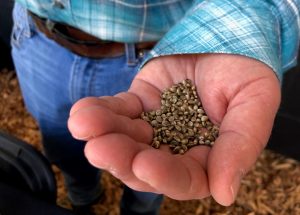
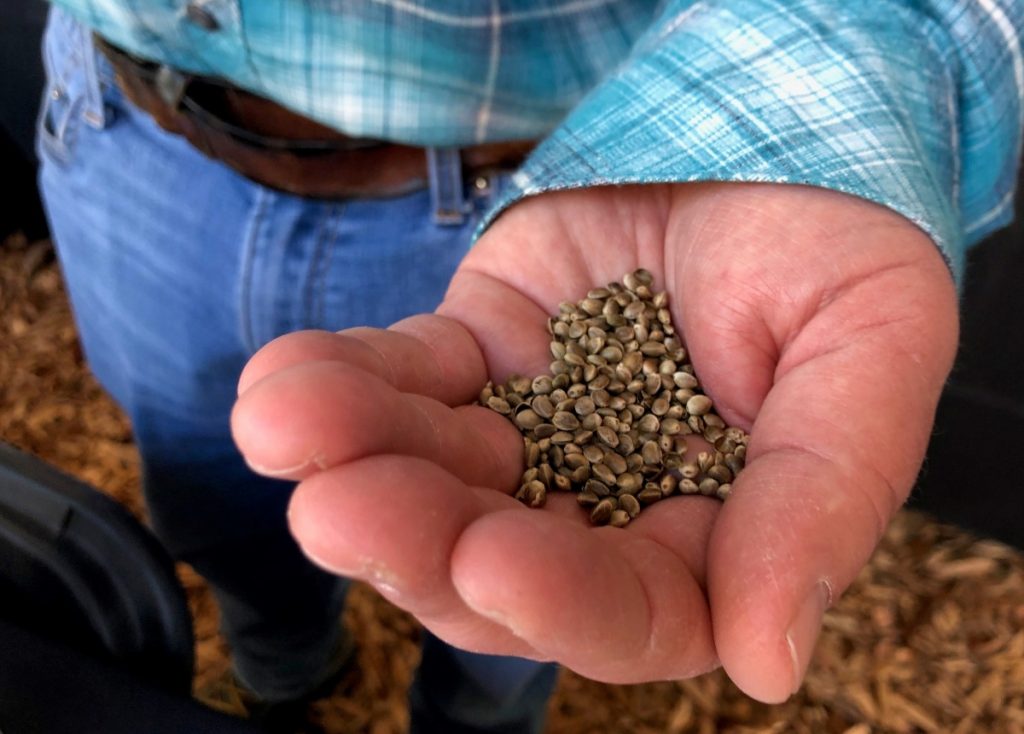
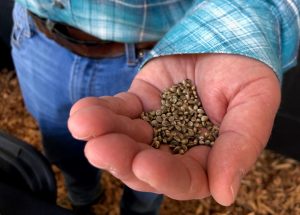
As hemp production grows at lightning speed, farmers are finding that the difference between success and failure in the cutthroat market happens before the first leaves emerge.
Selling a hemp crop for the right price is dependent on starting with the right genetics and environment for growing.
But in a new industry with a precious lack of stable seeds and genetics – and little generational wisdom on proper techniques – farmers taking a chance on the new commodity have limited resources to guarantee a profitable harvest.
There’s hope, however.
Hemp producers attending the World Ag Expo this week in Tulare, California, shared what they’ve learned about setting up a successful hemp grow as well as common pitfalls to avoid.
They laid out five big mistakes to avoid before starting a hemp season:
1. Thinking forward, not backward
Consider the hemp you’re going to sell, not the hemp you’re going to grow.
Kevin Nowell, head of farmer relations at HiLo Seed Co. in Sacramento, California, said that all decisions through a hemp production cycle should be based entirely on the end buyer.
“Start at the very end of the process and imagine yourself getting paid for having delivered the product,” he noted.
“What does that product look like? How was it harvested? How was it handled?
“That will drive all your decisions backwards through plant spacing, irrigation, fertilization, transplant or direct seed – all the way back to which genetics you select.”
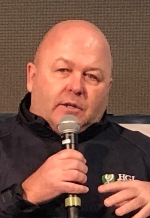
Jeffrey Kostiuk
2. Doing research online
Relying on the internet to find the right cultivar for your hemp farm is a terrible idea, said Jeff Kostiuk, director of operations for Hemp Genetics International’s Central Region and a longtime producer in Russell, Manitoba, Canada.
“Don’t go to the ‘University of Google,’” he warned.
It’s not just difficult to find solid hemp intelligence online, it’s impossible, because farmers can learn successful hemp cultivation techniques only by growing hemp on their own land, Kostiuk said.
“It takes probably about two to three years to learn how to grow this crop successfully,” he said. “You’re going to want that to be faster, but there’s no way.”
3. Forgetting a water plan

Kayla Haddix
Some hemp producers, especially in the West, fail before they begin because they don’t account for irrigation through the entire season.
Kayla Haddix, a hemp consultant in Loveland, Colorado, and owner of Hippe Hempster, a line of topicals, said improper water planning can lead to a costly unforced error.
“If you go to plant and you’re halfway through your season and you realize that you don’t have enough water on your property, or your water rights only allow you to use X amount of gallons per year, you’re going to be in trouble,” she said.
Hemp farmers are especially susceptible to water errors, Haddix said, because they’re often learning from farmers with so many years of experience that the mentors forget to mention the process for acquiring water.
“A lot of these (hemp farmers) are first-generation farmers, not 10th-generation farmers,” she said. “So we’ve got to teach them to pay attention to the types of things that are often overlooked by people who’ve been doing it for years and years.”
4. Relying on a lab report

Chris Boucher
Seed brokers and clone sellers relish the opportunity to share lab results showing how their varieties perform.
Don’t trust them, warned Chris Boucher, CEO of Farmtiva, a seed breeder in San Diego.
“Don’t look at one lab report,” he said. “Ask them for three lab reports.
“If you’re going to be investing a lot of money, you need as much information as you can get.”
And ask more questions than any lab report can answer – especially where a variety came from.
“Find out where that seed came from,” Boucher said. “They should have a history of how it was developed.
“CBD is an American invention. It’s only about 6, 7 years old at the commercial level. So you’re going to want to understand, ‘Where did you get your seed? How did you breed it?’ … Be really cautious and understand where it came from.”
5. Not testing on your own

Jay Noller
Even vigorous vetting of a variety’s origins and its multiple lab reports are insufficient, said Jay Noller, a soil scientist at Oregon State University and head of the school’s Global Hemp Innovation Center.
“Once you acquire the seeds, run them through a lab yourself,” he advised producers starting a hemp crop.
“Then, once the plant has come up, take that plant and test it again. It’s expensive, but it’s going to give you that (THC-to-CBD) ratio that’s going to give you an indication of whether it’s likely going to run hot. …
“You can test the first or second true leaf of a plant and find out what their ratios are. Those ratios are fixed to the DNA.”
Kristen Nichols can be reached at [email protected]
Subscribe to our Newsletter
MJ Shareholders
MJShareholders.com is the largest dedicated financial network and leading corporate communications firm serving the legal cannabis industry. Our network aims to connect public marijuana companies with these focused cannabis audiences across the US and Canada that are critical for growth: Short and long term cannabis investors Active funding sources Mainstream media Business leaders Cannabis consumers



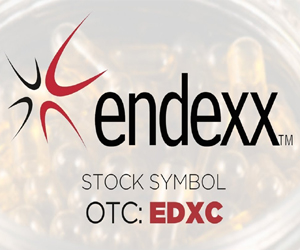







No comments so far.
Be first to leave comment below.